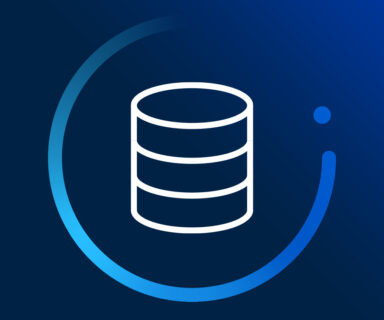 A recent report by ITSMA has found that the responsibility of B2B marketers is shifting. The number one responsibility of marketers by 2016 will be to understand the buyer.
A recent report by ITSMA has found that the responsibility of B2B marketers is shifting. The number one responsibility of marketers by 2016 will be to understand the buyer.
As Katie Martell points out here, this is likely due to buyers having access to more content than ever before, and buyers being able to keep brands out of the conversation longer. She continues to note how understanding the buyer can help combat this.
As noted by Kylie Davidson here – personalization is often times based on 3rd party demographic data and misses the mark, or comes off as creepy. I love this quote from her “Personalization should illustrate your dedication to a consumer’s interests, not how well you can stalk them.”
Marketing personalization doesn’t mean including a first name in an email, it’s about understanding a buyer’s role in the decision process, understanding where in the buy cycle they are, what their core pain points are, what motivates them and offering content streams across channels that will help them research and navigate the buy cycle.
With that said, how to do you personalize content streams and user/account engagements in a meaningful way?
3 Non-Creepy Marketing Personalization Tips
#1 – Use the data
Fundamentally the basis of all personalization is data. However as reported here, the biggest challenges with personalization are gaining insight quickly enough (40%), having enough data (39%), and inaccurate data (38%) As noted already, firmographic/demographic data isn’t hard to find, or necessarily useful for personalization.
The key is to identify unique data sources that provide comprehensive and relevant 1st party data. Use the 1st party data to identify traits that are useful to personalize content streams such as:
- Buying team dynamics (how many are researching, what roles do they have)
- The rolling trend of their research activity (is it increasing or decreasing week over week)
- What are the core pain points the account has (IE: Knowing Storage isn’t good enough, knowing backup/data protection isn’t good enough, but rather knowing the account is looking specifically at endpoint data protection/backup solutions is the level of granularity you need) – How do the pain points change as they navigate solutions?
- Who are they spending time with as they research (which competitors)?
- For larger organizations, which branch office(s) are doing the research?
Personalizing it: with this level of data insights you can personalize your nurture steams to offer unique content to each buying team member, tailor content based on the fluctuation of pain points, and understand who and when to deposition.
#2 – Dynamic persona-based calls to action
As a marketing consultant I have produced countless content audits. A core theme I see repeated in most of these is a limited call to action built into content.
A simple and turnkey way to personalize content is to use a Persona based, persistent call to action built into your content. In the below example Commvault has added a unit that servers alongside their content as the reader is viewing it offering unique personalized content paths based on a user’s self-selected buyer persona.
This unit and personalization saw dwell times over 1 min, and CTRs as high as 9.8%. Need more proof? Leads who are nurtured with personalized content produce a 20% increase in sales opportunities.
#3 – Re-targeting banners
At its most basic re-targeting banners are designed to follow users that have engaged with your brand or topic, when they are on a network of other sites. A better more personalized execution of this idea would involve concepts such as:
Conquesting – This idea uses smart ad creative paired with data, to display banners to users that are known to have engaged with competing vendors. An example would be to display a CTA that encourages users to view a Magic Quadrant where you are ranked strong, but focused on accounts/contacts that have viewed content from your competitors.
Here is an example of Dell using this tactic to call out Cisco:

Prioritizing active buying teams – Prioritize which accounts you re-target banners to, based on those who are top ranked for relevant research activity. For example if you know Retailer A has heightened research patterns on cloud infrastructure, target that account with your cloud solutions, and get reporting which shows the segmented CTR for Retailer A. Better execution, better data, better ROI.
Be Smarter – Evaluate what type of sites your re-targeting is placed on. If there isn’t a relevant IT buying context on the site, it’s likely not going to be as effective. For example in the 2015 TechTarget Media Consumption study only 22 % of IT buyers say that Facebook is an effective source of IT research. 79% find it somewhat or not effective. Placing banners here will be out of IT buying mindset and less effective.
Utilizing these 3 tips will allow you to offer content streams that are personalized across distribution channels; branding, nurturing emails, and during real time content consumption. Let’s hear from you, what tactics have you found to be most effective for personalization?



